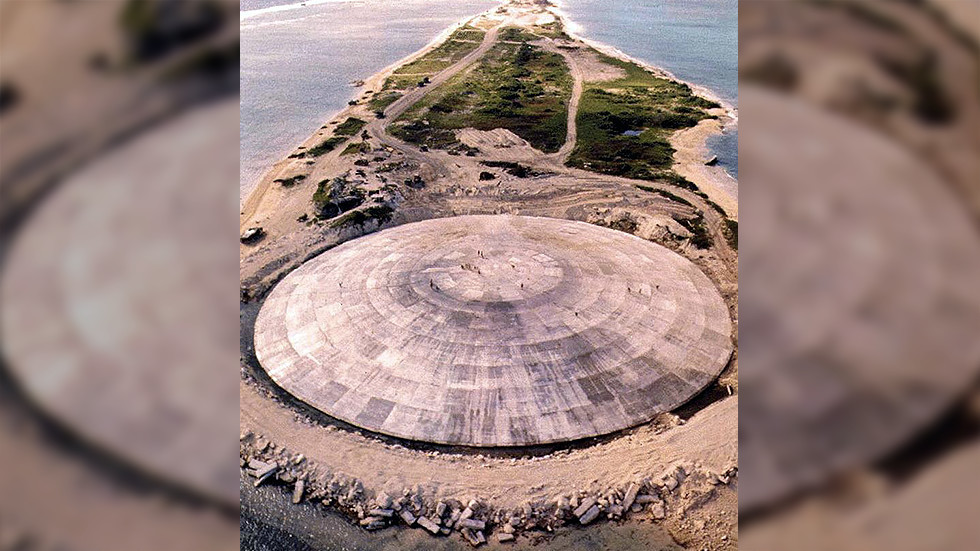Radioactive particles from the cold war were found in the deepest parts of the ocean

Radioactive Particles from the Cold War Discovered in the Deepest Parts of the Ocean

Radioactive particles from the Cold War era have been found in the deepest reaches of the ocean, shedding light on the long-lasting environmental impact of nuclear testing. Scientists recently made this significant discovery during an unprecedented study conducted in some of the world’s deepest ocean trenches.
The research, which was published in the journal Geophysical Research Letters, revealed that high levels of radioactive carbon dating back to the mid-20th century were present in the Mariana and Kermadec trenches located in the Pacific Ocean. These trenches are known to be the deepest parts of the Earth’s oceans, reaching depths of up to 7 miles (11 kilometers). Although these radioactive particles can be found around the world, this study provided compelling evidence of their presence in the most remote and inaccessible parts of the ocean.

During the Cold War, from the 1940s to the early 1960s, numerous countries conducted hundreds of nuclear tests. These tests released radioactive carbon-14, also known as bomb carbon, into the atmosphere. Over time, these radioactive particles settled into the ocean through various mechanisms, such as rain and atmospheric circulation.
Using highly sensitive instruments, the team detected bomb carbon in deep-sea organisms collected from the trenches. These organisms include amphipods, tiny shrimp-like crustaceans that inhabit the ocean’s deepest zones. By analyzing the carbon-14 levels in the collected organisms, the researchers were able to estimate the age of the particles and determine their source.
The presence of bomb carbon in the organisms indicates that radioactive contamination has reached even the most remote life forms in the ocean. This discovery highlights the extent to which human activities have impacted the environment, leaving a lasting mark on the marine ecosystem.
The study not only enhances our understanding of the global distribution of radioactive particles but also raises concerns about the potential consequences for marine life. Although the levels of radioactivity detected in the organisms were low, long-term exposure to even trace amounts of radiation can have detrimental effects on organisms and alter their natural behaviors.
The findings from this research emphasize the need for continued monitoring and evaluation of the environmental legacy left by nuclear weapons testing. By understanding the persistence, distribution, and potential impact of these radioactive particles, scientists can better assess the risks to both marine life and human health.
Source: LiveScience
Related Posts
Quick Links
Legal Stuff

